Local got weird fast. AI keeps turning search into answers, so local SEO must chase conversion, not positions. In AI search, your local proof, local reviews, and local schema matter more than hype. SEO isn’t dead—it’s just judged by AI that compresses steps. When people search “near me,” add price, hours, safety, the AI layer rewires behavior and steals clicks. So we feed the model what it trusts: clean SEO, structured data, and specific local signals. Short plan, real actions, no fluff—let’s make search show you and make AI choose you.
Consumer surfaces only (examples):
- Google Maps — visible, transactional
- Apple Maps — default on iOS, quick actions
- Yelp — reviews density matters
- Bing Places — second engine, real traffic
- TripAdvisor — travel-local intent, proof at scale
How AI Is Rewriting Local Search In 2025
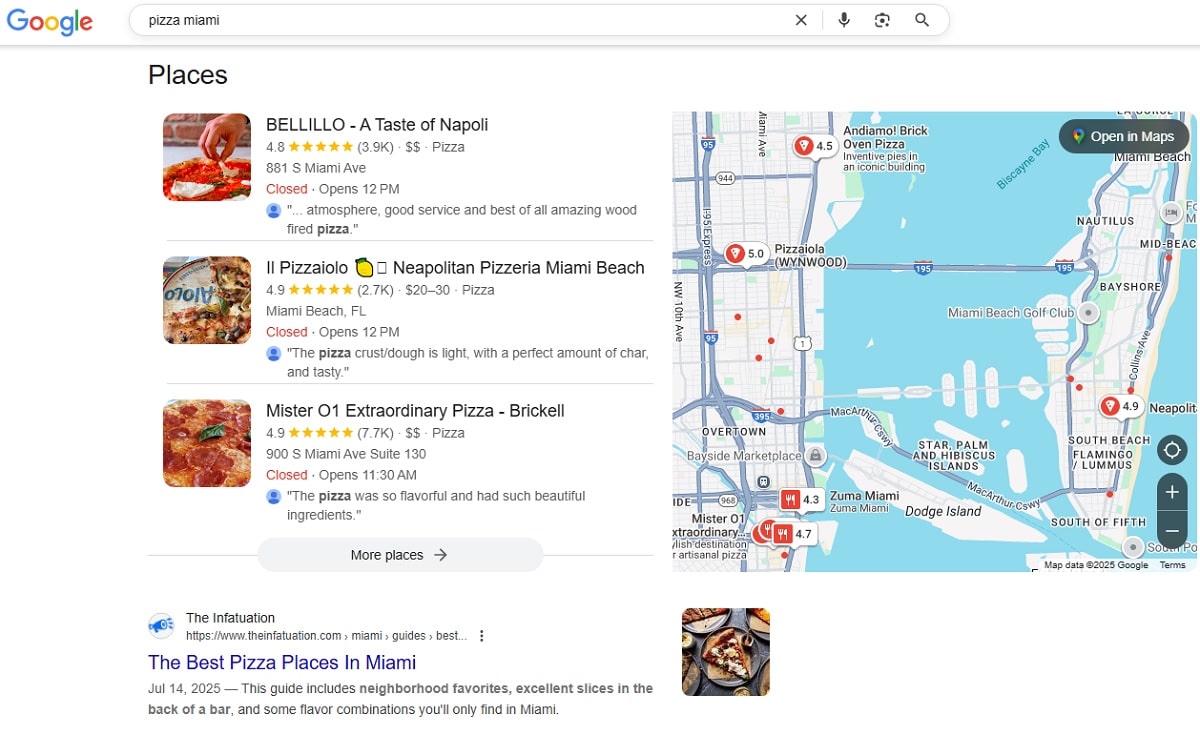
Your customer doesn’t “browse”—they expect answers. AI turns search into one tidy decision, so local proof beats blue links. In this new local reality, SEO is less about “position #3” and more about “do I get the call.” AI blends intent, geo context, reviews, and on-site clarity into one final pick. Expect double-digit CTR drops when AI compresses steps; even a 10–20% slide hurts if calls don’t rise. So we treat local SEO as conversion engineering. We feed AI clean entities, real hours, prices, and strong policies. We design pages that match messy, human search behavior in a specific neighborhood. If your brand signals are thin, AI shrugs and shows a rival. If they’re rich, AI amplifies you. Simple? Not easy. But fixable.
Examples that set the bar: Google Maps, Apple Maps, Yelp, Bing Places, TripAdvisor.
AI Overviews And Local Intents
AI Overviews turns local search questions into compact answers. When your content mirrors Q&A, AI can lift it. Clear hours, prices, safety notes—these trigger fast inclusion. The catch: AIO is volatile; results jump after updates, so keep testing. Local SEO teams should map intent clusters and rewrite answers with precise numbers. Tools and surfaces to watch: Google Maps, Bing, Yelp. If your copy sounds robotic, AI ignores it; if it sounds useful, AI cites it.
Intent flavors to cover:
- “best near me” — curated local picks, not a directory
- “open now” — availability logic plus distance
- “cost/safety” — price ranges, guarantees, kid/pet notes
GBP + Behavioral Signals
Google Business Profile is your local storefront for AI search. Frequent actions signal life: fresh photos, weekly posts, fast replies to reviews. Consistent categories and hours reduce AI confusion. Treat GBP as a feed: real activity in, real outcomes out. Add neighborhood terms in Q&A. Keep media current; old photos kill trust. If nothing moves for weeks, AI assumes nothing’s happening.
Priorities to keep steady:
- New photos and short posts every week
- Owner replies with specifics (time, warranty, next steps)
- Quarterly audit of hours, categories, and services
Hyperlocal Entity Building: NAP, Schema, Services, Neighborhoods
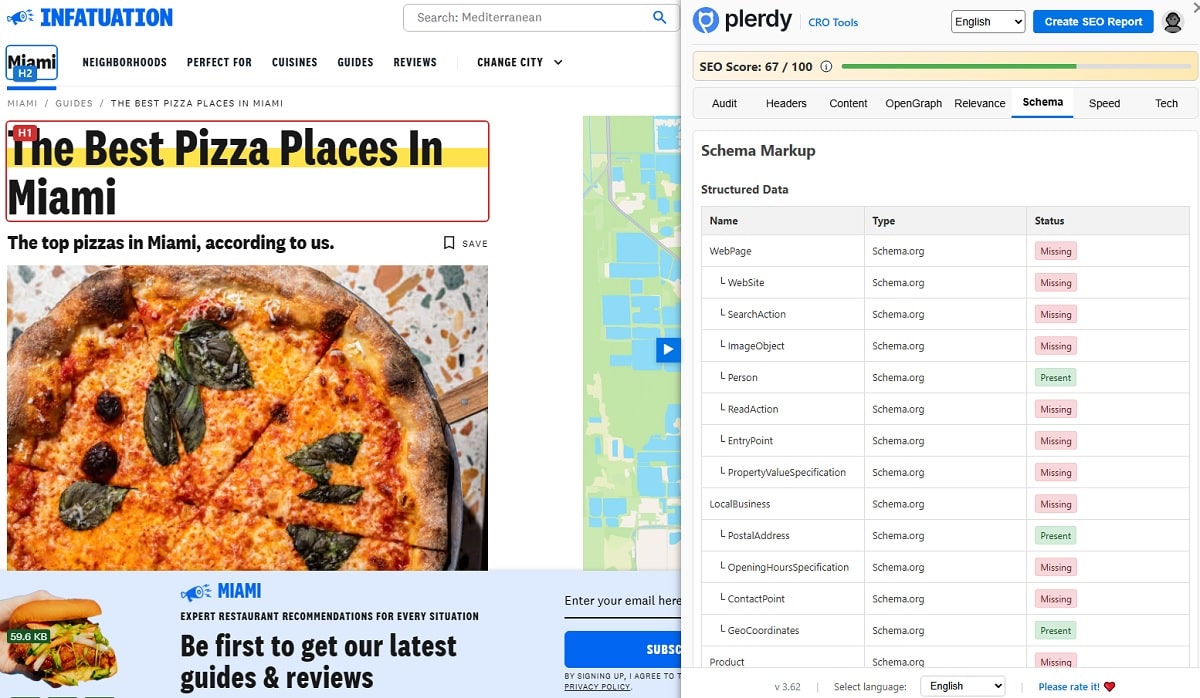
NAP Consistency And Local Schema
You want AI to understand your business fast. That means clean NAP everywhere—site, Google Maps, Apple Maps, Yelp. In local SEO, messy addresses confuse search, and search hates confusion. Add LocalBusiness schema, geo coordinates, real hours, prices or menu, and services. Small joke, big truth: if your NAP shifts each month, AI thinks you moved cities. Quick audit with Plerdy SEO Analyzer catches meta gaps and tiny tech bugs before they cost calls.
Checklist to ship:
- NAP identical across site and directories.
- Schema types + required properties present.
- Geo coords match your local area.
- FAQ answers common search questions.
Service + Neighborhood Pages Without Thin Content
Build “Service in [District/Neighborhood]” pages that solve real problems. Local SEO wins when AI can quote specifics, not fluff. Add price ranges, risks, and prep steps. Use real photos, short case notes, and Q&A. Brands with neighborhood depth (think Airbnb area guides or OpenTable city pages) convert better. Aim for +15–25% more “Call” taps in Maps after these updates, then measure weekly in search analytics.
Must-have content:
- Price range with scenarios.
- Policy/safety details and hours.
- Before/after or mini case.
- Local proof: photos, quotes, streets.
- FAQ with short, direct answers.
Reviews, Reputation, And First-Party Proof
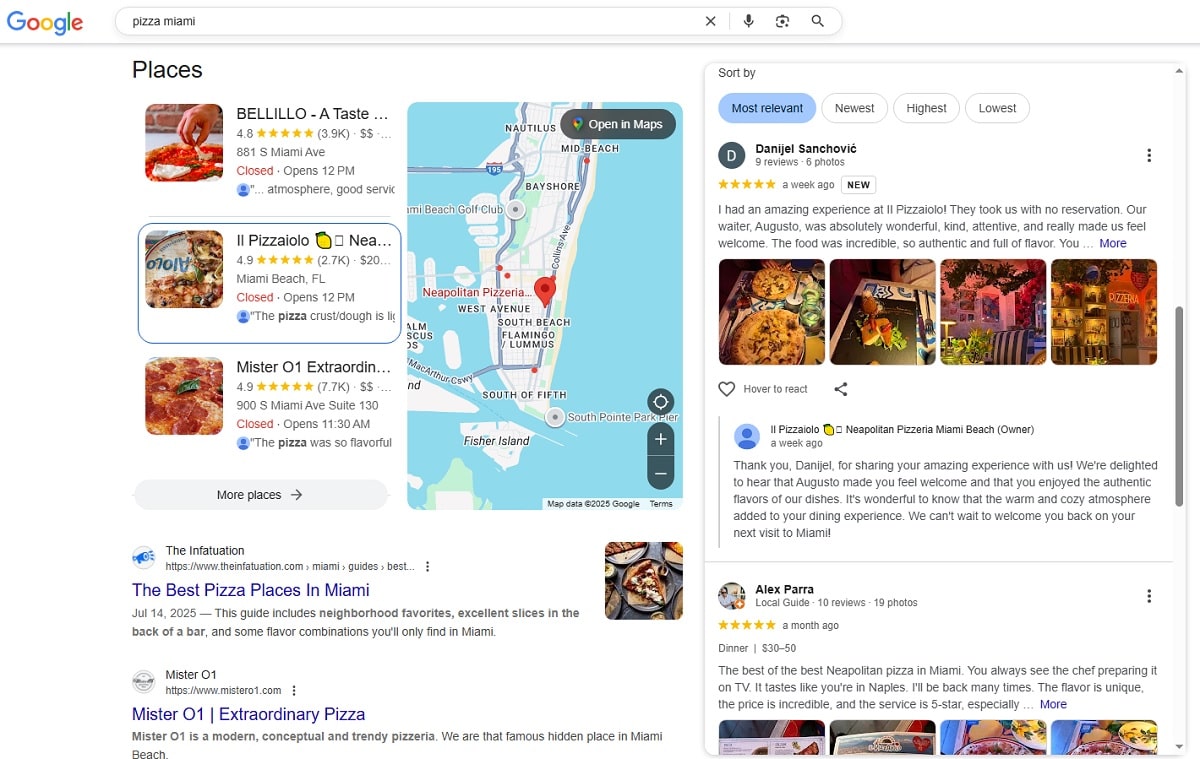
Review Velocity, Topicality, And Replies
You want fast reviews, steady reviews, and reviews that say the right stuff. In local SEO, speed and content win: a weekly pulse of fresh feedback can push call conversions +12–18%. AI reads the text, not only the stars, so mention the service, timing, warranty. Answer fast—under 24h shows you care. Google Maps and Yelp weigh response quality; Trustpilot helps with proof you can quote on-page. Keep details real, short, and from your city. If your replies are dry, search shrugs; if they’re useful, search rewards.
Checklist to keep momentum:
- Velocity — minimum 1–2 new reviews per week.
- Topicality — service terms, city names, time to complete.
- Owner replies — price ranges, next step, guarantee.
- Media — photos or short clips attached to the review.
Automate Ask-At-The-Moment
Ask right after the job. In local SEO, the best moment is ten minutes after success; AI trusts fresh signals. Trigger SMS or email from Square, Stripe, or Shopify; pass UTM so search analytics shows the lift. Route NPS <7 to support, not to public. Use Zapier, Twilio, or Klaviyo to keep the flow. Aim for 30–40% response rate by keeping it simple.
Three tiny templates:
- “How did it go? Two lines help neighbors.”
- “Mind a quick star rating? It keeps us in the map.”
- “What could be better next time? Honest is perfect.”
Local PR And Citations That Earn AI Mentions
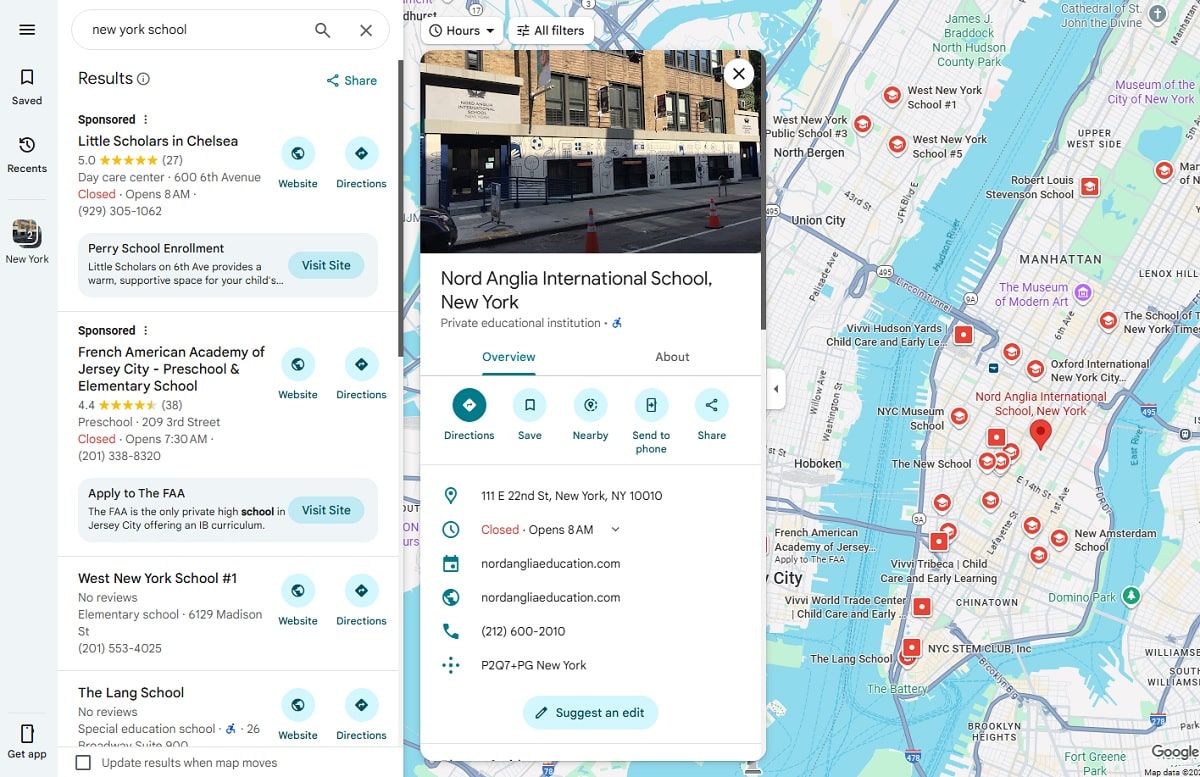
Land Mentions In Local Media, Directories, And Events
You need stories in places your neighbors actually read. Local PR feeds SEO and teaches AI which brand is trusted in your area. Pitch city editors at Nextdoor News, Patch, or the weekend page of your newspaper. Join school events, donate service hours, get photos. Add clean entries in Google Maps, Apple Maps, Yelp, Bing Places. Aim for 2–3 quality mentions per quarter; even that can nudge local search calls +10–15%.
5 steps that work:
- Find journalists via Muck Rack or Connectively (ex-HARO).
- Pitch a local problem you solved this month.
- Prove expertise with numbers or certifications.
- Attach one sharp photo and one stat.
- Follow up once, short and friendly.
Structured Data And FAQ Formats For AIO
Give AI clean blocks it can quote. Mark FAQPage/HowTo, add prices, timing, warranties. Keep answers crisp: one paragraph, one number. This helps SEO and reduces confusion in search. Google’s guidance keeps repeating the point: unique, helpful content aimed at specific intent wins. Use neighborhood words, not generic fluff. When FAQs mirror real questions, AIO pulls them more often; teams report +20–30% impression lift on local terms after reorganizing FAQs and service pages around exact queries.
Content That Surfaces In AIO: Q&A, Comparisons, Safety/Cost
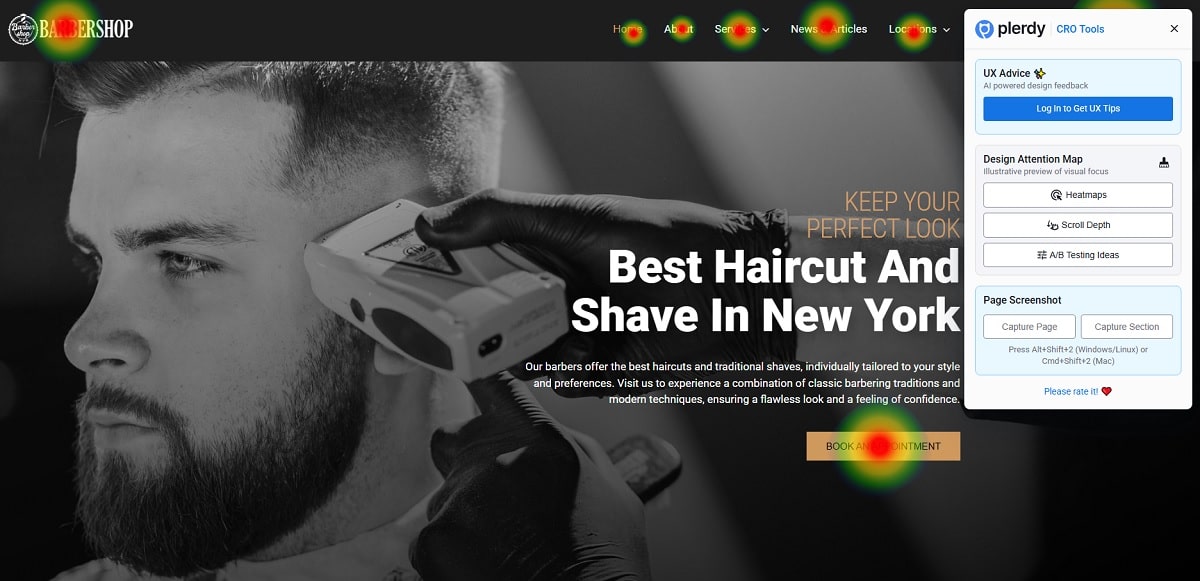
Answer The Follow-Up
You win when you answer the second question before it appears. In local SEO, AI turns search into one decision, so you pre-bake the follow-ups. Write short Q&A blocks for each district and time window. Mention prices, timing, safety. Use tiny comparisons—fast vs standard, budget vs premium. AI reads structure; search rewards clarity. Add real scenarios from Google Maps or DoorDash to make it human and local, not brochure.
Quick comparisons:
- “Express vs Standard” — time, cost, who should choose
- “After 8PM” — what’s open, what’s safe
- “Kids/Pets” — policies, prep, staff training
Evidence Blocks: Photos, Policies, Prices
Give AI proof, not poetry. Each local SEO section ends with evidence: photos, policy lines, price bands. Search scans these blocks fast; clear numbers convert. Add guarantees, repair windows, refund terms. Show real images from your city. If you push this layout across service pages, many teams see +15–25% more calls from local search. Check visibility on mobile with Plerdy UX & Usability Testing (AI prediction heat map, scroll depth) so proof sits above the fold.
Google Business Profile Ops Cadence
AI won’t reward a silent storefront. You need rhythm. Treat GBP as your daily window where local proof never sleeps. In local SEO, small actions compound, and AI reads those signals right inside search. You post, you answer, you tune hours—then search gives you more impressions. Simple move, steady gain. Do this and your local calls climb. Miss it and a louder neighbor steals you.
Weekly Activity Calendar
Set a no-drama routine that AI can see in search and reward in local packs.
- Monday: one fresh photo (real staff, real work).
- Tuesday: short post with price or timing.
- Wednesday: answer two Q&A.
- Thursday: add one neighborhood keyword.
- Friday: deal or event with dates.
- Sunday: review hours; publish change if needed.
Data Hygiene: Categories, Hours, Services
Clean data fuels AI, and clean data powers SEO in local search. Monthly audit:
- Primary + secondary categories still match reality.
- Hours reflect seasons and holidays.
- Services list uses plain terms people search.
- “Popular times” trend fits your actual foot traffic.
Measure What Matters In The AI Era
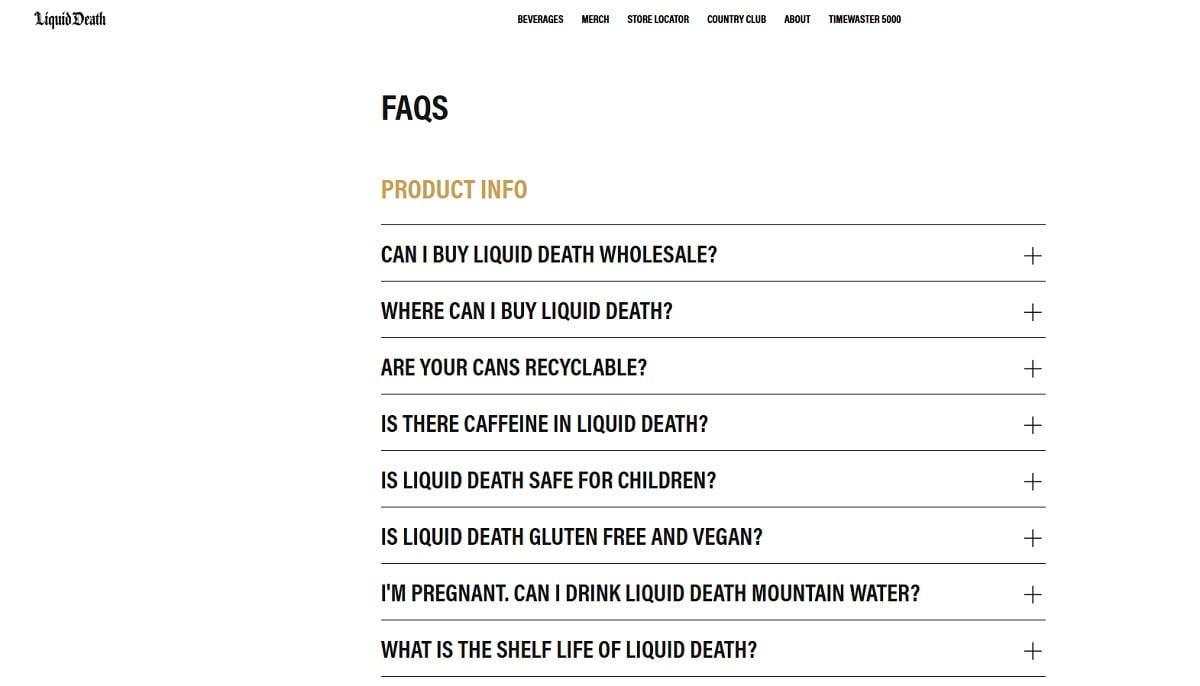
Proxy KPIs For AIO
Positions are vanity; calls pay rent. In 2025, AI compresses steps and drops CTR in search by 10–20%. For local SEO, watch brand mentions inside AI answers, impressions in Google Business Profile / Maps, and actions (Call, Direction, Website). Track press hits in city media and % of FAQ/HowTo pages indexed for local search. Keep offline proof too—booked jobs, real revenue. SEO wins when outcomes move.
- Brand mentions inside AI answers + local press
- GBP/Maps impressions; Call/Direction/Website clicks
- % of FAQ/HowTo indexed for local search
- Offline calls/bookings (e.g., CallRail reports)
Local Rank + Engagement Stack
Pair local rank tracking and map visibility (BrightLocal, Semrush) with GBP change logs. Then read on-site behavior in search sessions: scroll and clicks via Plerdy UX & Usability Testing. Patch meta/tech through Plerdy SEO Analyzer. Compare before/after two-week windows; if engagement rises ~15%, your SEO signals help AI choose you in local results.
Conclusion
AI didn’t kill local SEO; it punishes fuzzy content and empty profiles. In AI results, the brand with real local proof wins. Treat SEO as operations, not poetry. AI compresses search and can cut clicks 10–20%, so your job is show up, then convert.
Pick one or two this week:
- GBP calendar for local posts, Q&A, hours.
- New neighborhood pages with clear FAQs that match search.
Own your reputation. Add numbers, policies, photos. When SEO sends strong signals and local stories, AI notices; when AI notices, search sends people to you—not the louder neighbor.
